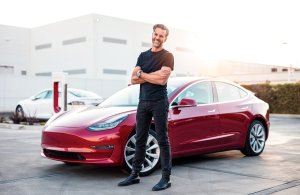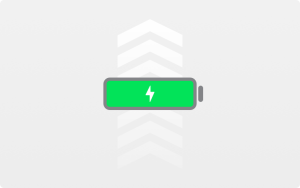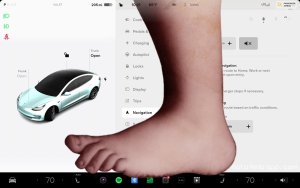Tesla’s Updates FSD Roadmap: Talks FSD V13 and End-to-End Highway
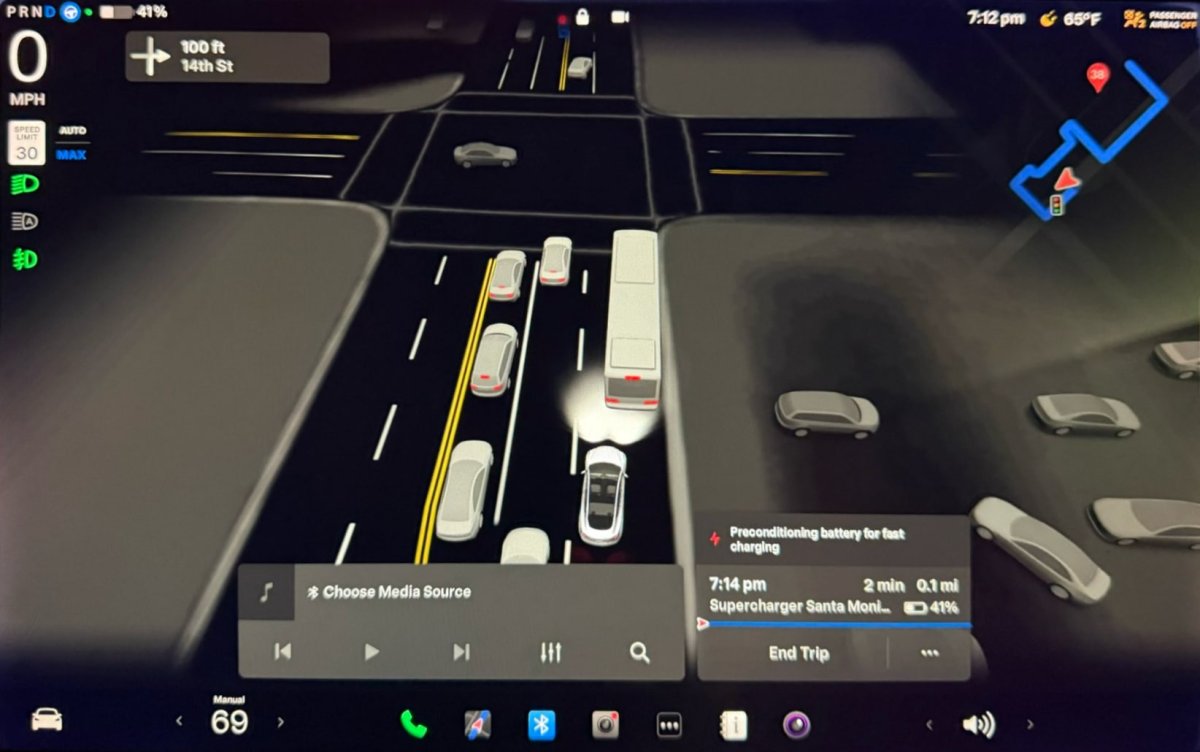
Last month Tesla shared a roadmap with its progress on FSD and its goals for the coming months. Since we’re coming to the end of October and Tesla had yet to release the two items listed under October, we asked Tesla if they could provide an updated roadmap to help keep everyone’s expectations in line.
We’re not sure whether Tesla saw our message or already had plans to provide an updated roadmap, but today Tesla published an update to its initial roadmap.
Instead of focusing on timelines, Tesla has now simply published what their AI team is working on and what customers could expect next.
Tesla’s Original Timeline
The roadmap Tesla provided in early September focused on FSD improvements, releasing Actually Smart Summon, FSD on Cybertruck, FSD v13, and the expansion of FSD outside of North America.
This was Tesla’s initial roadmap which was provided on September 5th.
September 2024
v12.5.2 with ~3x improved miles between necessary interventions
v12.5.2 on AI3 computer (unified models for AI3 and AI4)
Actually Smart Summon
Cybertruck Autopark
Eye-tracking with sunglasses
End-to-End network on highway
Cybertruck FSD
October 2024
Unpark, Park and Reverse in FSD
v13 with ~6x improved miles between necessary interventions
Q1 2025
FSD in Europe (pending regulatory approval)
FSD in China (pending regulatory approval)
Elon Musk also replied to Tesla’s post, saying that, hopefully, right-hand drive markets will also get FSD in late Q1 or early Q2.
Goals Tesla Met
While we’re only at the end of October, Tesla managed to check off their September goals with a perfect score, nailing all of their goals such as eye-tracking with sunglasses, FSD on the Cybertruck and releasing Actually Smart Summon in the United States and Canada.
They also released the unified FSD model for HW3 and AI4, although it seems like the good news may stop there for HW3 owners. At least Tesla has recently said HW3 owners will get a free upgrade to more capable hardware if Tesla isn’t able to achieve unsupervised FSD on those vehicles.
Goals Tesla Is Still Working On
Although the company met its September milestones, the October goals have been delayed. Initially targeting the release of unpark, park, and reverse features and FSD v13 for October, Tesla now plans to integrate these features with FSD v13 in November.
The delay isn’t surprising given the ambitious goals, but we’re thrilled to see that Tesla is keeping the communication lines open.
The goals Tesla set to release FSD outside of North America are still to be determined, but we presume they may shift slightly due to the delay of FSD v13.
What’s Coming
While Tesla avoided dates and timelines for their upcoming features, they actually provided a lot more detail on what they’re working on and what we can expect in FSD v13. Unfortunately for HW3 owners, most of these improvements appear to be destined for Hardware 4 (AI4).
Complete Rollout of End-to-End
Tesla’s first item on its updated list is to complete the rollout of its end-to-end highway stack. Tesla’s current highway stack is based on FSD v11 and doesn’t feature end-to-end AI, meaning that AI is only used for input and not to control the vehicle. End-to-end AI essentially has AI managing everything in the vehicle, from detecting objects and lane markers to the steering and brake pedals.
Tesla started including end-to-end for highway driving in FSD v12.5.5 for the Cybertruck and then opened it up to other AI4 vehicles with FSD 12.5.6. The latest public FSD version is FSD 12.5.6.1, but it’s only available for AI4 vehicles.
The majority of vehicles with FSD are still on version 12.5.4, which doesn’t include the new highway stack. Tesla aims to release the updated highway stack to all AI4 vehicles next week, which will also include improvements to stop smoothness and improved bad weather notifications.
Actually Smart Summon
While Actually Smart Summon was released in September in North America, most of the world is still waiting. Tesla now says that A.S.S. will be available in other regions but didn’t provide a timeline. Users who bought or subscribe to Enhanced Autopilot or FSD in Europe should expect to receive this feature as part of Tesla’s normal feature releases instead of being a part of a special FSD build. It’s possible this could come in Tesla’s next major update, possibly 2024.44.
It’s not clear whether Tesla’s list was in any sort of order, but if it is, we could expect Actually Smart Summon sooner rather than later.
Improved FSD for HW3
Tesla’s updated list was largely focused on FSD for AI4, but HW3 did get mentioned in one bullet point item. Tesla says that HW3 should receive improved FSD v12.5.x models for city driving. Unfortunately, this almost sounds like bad news. AI4 mentions in the roadmap talk about FSD v13 and end-to-end highway support, while HW3 specifically states improved “city-driving,” possibly saying that end-to-end highway driving is not coming to HW3 vehicles soon.
Given that a new version of FSD v12.5.4.2 just started rolling out for HW3 vehicles, it looks like it may be a while before HW3 owners have access to the new highway stack. Earlier this month, Musk said that HW3 owners should receive an update that will increase FSD’s smoothness, so it seems like this is what Tesla is referring to in their roadmap.
FSD V13
The rest of Tesla’s post was dedicated to FSD v13. Tesla provided a lot of specifics such as FSD v13 unlocking the full resolution of Tesla’s HW4 cameras. The computer will now process full-resolution video at 36 FPS instead of using lower frames per second or scaling the video down.
FSD v13 will also increase the AI model by three times and data by 4.2 times. Tesla expects this to provide better collision avoidance, improved traffic controls and navigation.
FSD Unsupervised Feature Complete
Tesla’s VP of AI, Ashok Elluswamy, is just as excited about v13. He reposted Telsa’s post and said that a lot of work is going into the FSD v13 release and that Tesla expects v13 to make FSD Unsupervised feature complete. This is far from saying that FSD v13 will achieve autonomy, but simply that all the pieces of the puzzle are now in place with v13. The car will be able to navigate from a garage to its parking spot at a destination without any human input. Each of these pieces will likely still need to be refined over time to achieve unsupervised FSD.
Release Date for FSD V13
Tesla is targeting the release of FSD v13 to employees by the end of this week. Tesla expects the update to go through several iterations before it’s released to customers in FSD v13.3. Tesla says that the target launch for a public version of FSD v13.3 is around Thanksgiving for AI4 vehicles.
FSD Arrival Options
In addition to FSD v13 including the ability to “unpark,” reverse and park itself, Tesla will also add various options for when the vehicle arrives at its destination. Users will be able to choose from simply pulling over, parking in a parking spot or driveway or even a garage.
We believe that “unpark” in this statement refers to the ability for the user to engage Autopilot while the vehicle is still parked. The vehicle will automatically shift from Park to Drive and drive or reverse out of its parking spot before proceeding to its destination.
Detecting Emergency Vehicles
One other item Tesla pointed out in their roadmap is that FSD v13 will process audio inputs to better handle emergency vehicles. FSD now appears to rely only on detecting emergency vehicles visually, but with FSD v13, Teslas will be able to detect them audibly as well. Unfortunately, all Teslas only have microphones inside the cabin, which are currently used for phone calls and voice commands, but Tesla will soon continuously process the audio to detect emergency vehicles and potentially other things.
Outlook
Tesla has already integrated some v13 improvements and reports a 4x increase in miles between necessary interventions compared to v12.5.4. It’s clear that Tesla’s focus is on AI4 and reaching its goal of Unsupervised FSD. They appear very focused on this goal and will do whatever it takes to get there. Right now, that means focusing on AI4, but if at any point they run out of compute power needed there, they could shift to AI5, but that’s not expected to happen any time soon.
AI5, which is included in the Cybercab, isn’t expected to be released until the end of the year. We expect Tesla to continue marching toward achieving autonomy, regardless of the power required. Once they can figure out FSD, they can work backwards to get it working on older hardware.












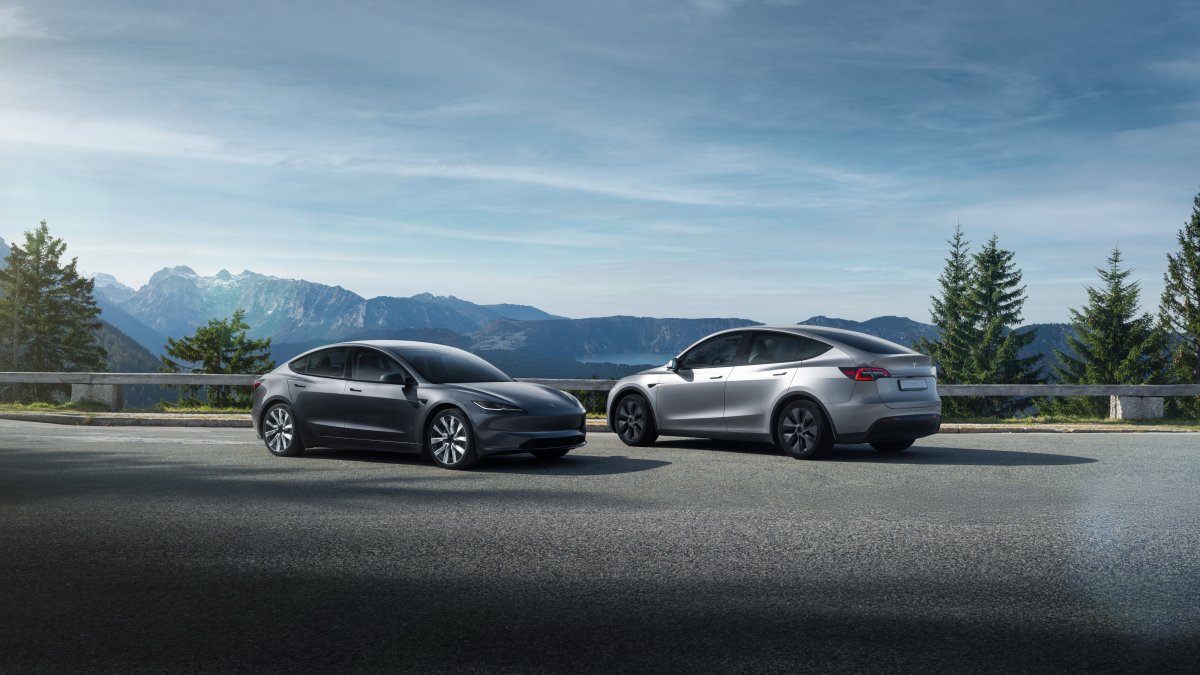
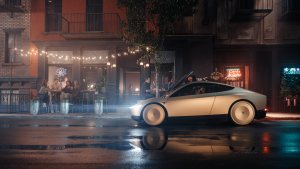

![Exclusive: A Look Inside the Tesla Diner [PHOTOS]](https://www.notateslaapp.com/img/containers/article_images/2025/diner-seats.jpg/b0b4cb51b80d1f29298c9ca6b9ad2ae8/diner-seats.jpg)
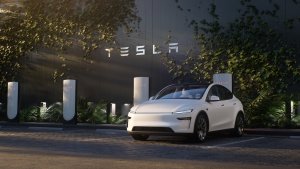
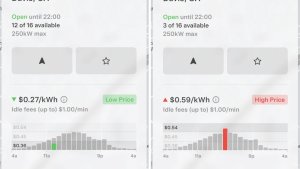
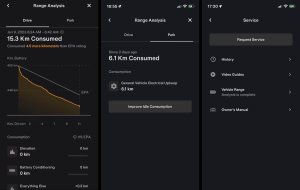
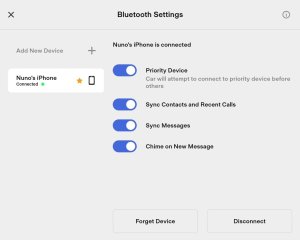
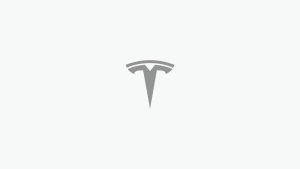
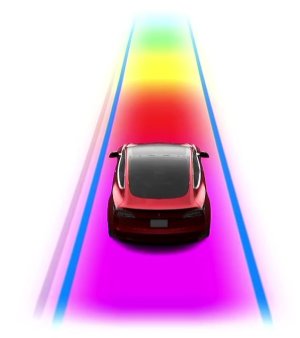
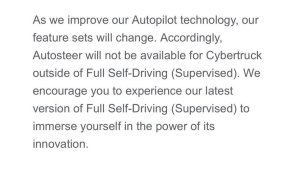
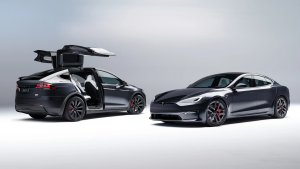
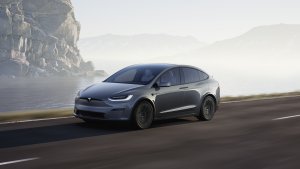
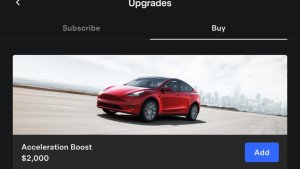
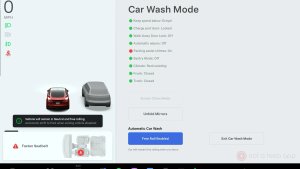

![Tesla's Hidden 'Elon Mode' Unveiled: A Sneak Peek into the Future of FSD [Video]](https://www.notateslaapp.com/images/news/2022/fsd-beta-inside_300w.jpg)

